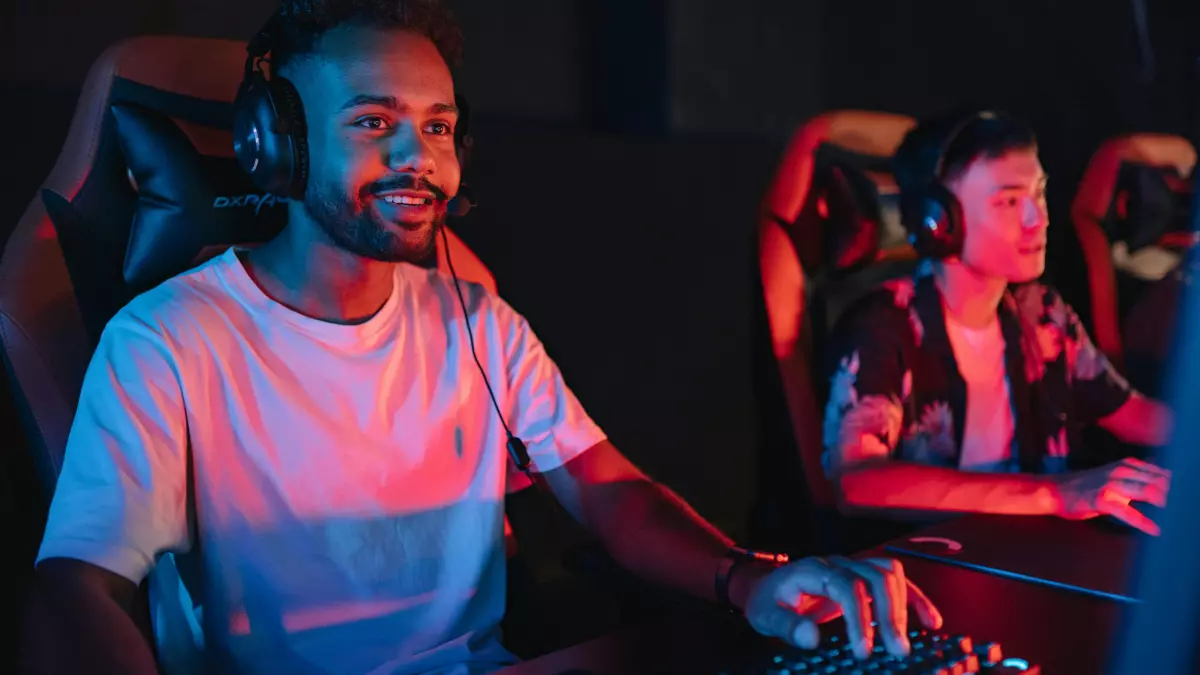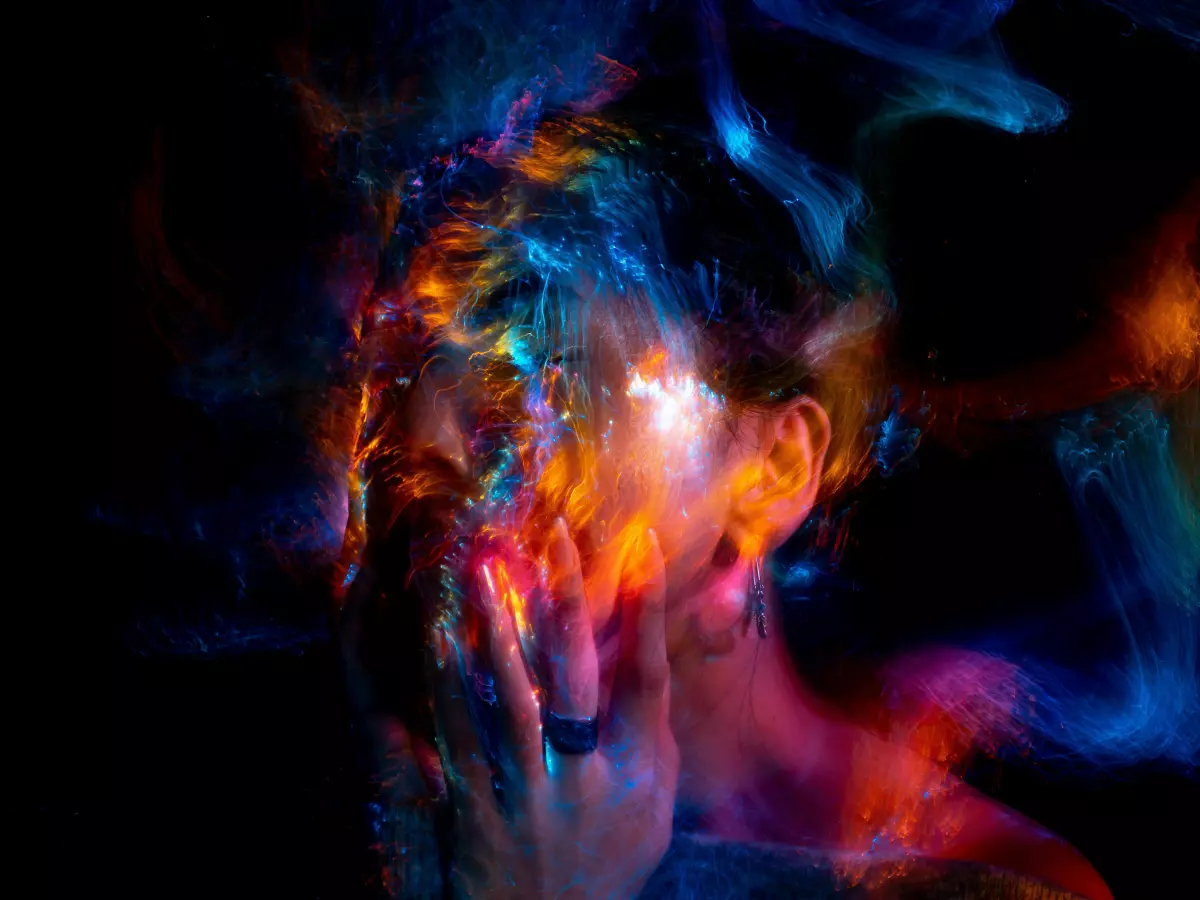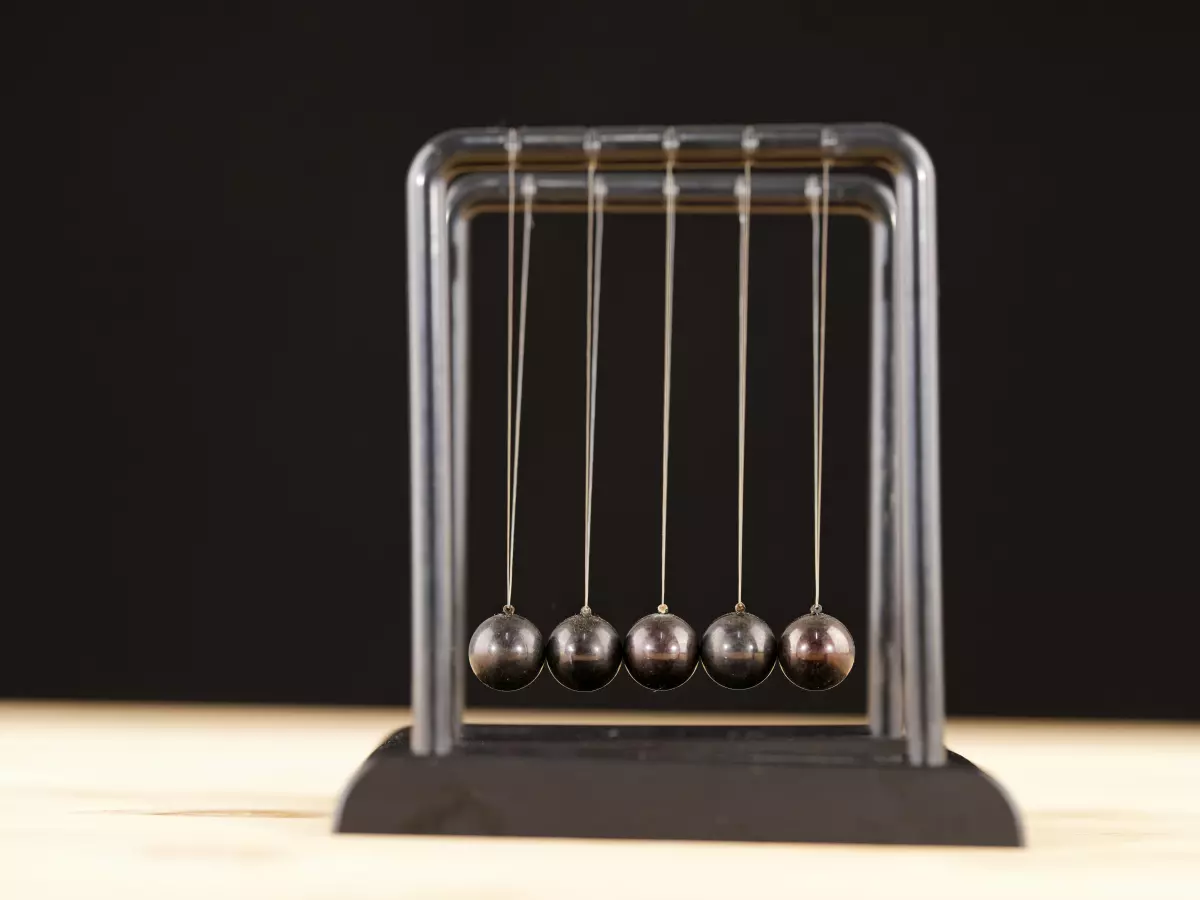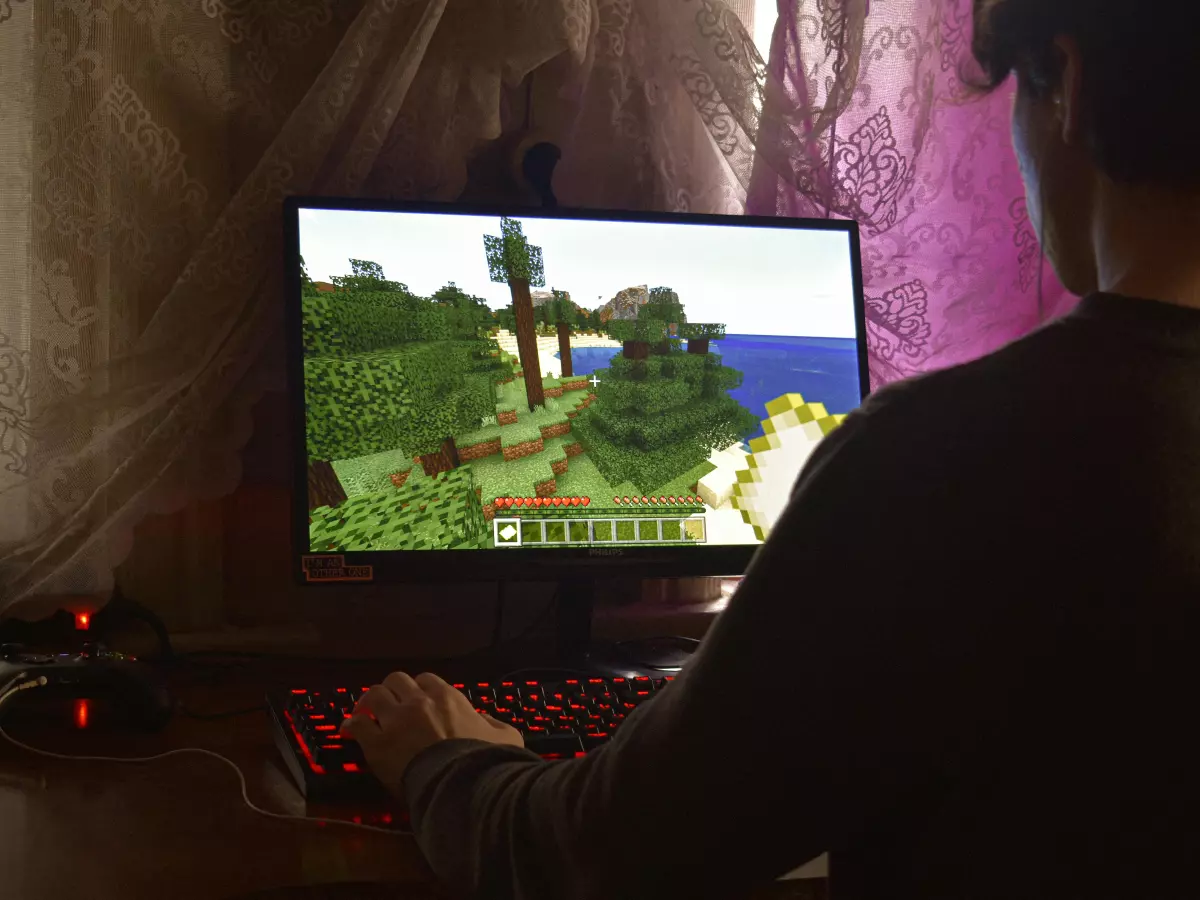Shadows in Motion
You’re standing in the middle of a dense forest, sunlight filtering through the trees. As you move, the shadows shift, dancing across the ground in real-time. It’s mesmerizing. But have you ever wondered how your game pulls this off? How does the game engine know where to place those shadows, how to make them stretch and shrink as the light source changes? It’s not magic—it’s tech. And it’s more complicated than you might think.

By Kevin Lee
Real-time shadows are one of those things we take for granted in modern games. They’re there, they look cool, and they add a ton of realism to the scene. But behind the scenes, your game engine is doing some serious heavy lifting to make those shadows look just right. So, let’s dive into the world of real-time shadows and how game engines handle them.
Why Shadows Matter
First, let’s get one thing straight: shadows aren’t just for aesthetics. Sure, they make your game look prettier, but they also play a crucial role in immersion. Imagine walking through a game world where nothing casts a shadow. It would feel flat, lifeless, and, well, fake. Shadows give objects weight and presence. They tell your brain, “Hey, this thing exists in the world.” Without them, you’d feel like you’re floating through a cardboard cutout of a game.
But here’s the kicker: rendering shadows in real-time is hard. Like, really hard. Why? Because shadows are dynamic. They change based on the position of the light source, the objects in the scene, and even the angle you’re viewing them from. And all of this has to happen in real-time, at 60 frames per second (or more) if you want smooth gameplay. No pressure, right?
Shadow Mapping: The Go-To Technique
So, how do game engines pull this off? The most common technique is called shadow mapping. It works like this: the game engine renders the scene from the perspective of the light source. This creates a depth map, which is essentially a 2D image that stores the distance from the light to the objects in the scene. Then, when the game renders the scene from the player’s perspective, it checks this depth map to see if a point is in shadow or not.
Sounds simple enough, right? Well, not quite. Shadow mapping has its own set of challenges. One of the biggest issues is shadow aliasing, where shadows appear jagged or pixelated. To combat this, game engines use techniques like percentage-closer filtering (PCF) to smooth out the edges of shadows. But even with these tricks, shadow mapping isn’t perfect. You’ve probably noticed shadows flickering or looking blocky in some games—that’s shadow mapping struggling to keep up.
Cascaded Shadow Maps: A Better Solution?
To improve shadow quality, especially in large open-world games, many engines use a technique called cascaded shadow maps (CSM). Instead of using a single shadow map for the entire scene, CSM breaks the scene into multiple “cascades,” each with its own shadow map. The closer you are to an object, the higher the resolution of the shadow map. This helps maintain crisp, detailed shadows up close while saving performance for distant objects.
But, of course, there’s a trade-off. CSM requires more processing power and memory, which can impact performance, especially on lower-end hardware. Game developers have to strike a balance between shadow quality and performance, which is why you’ll often see shadow settings in the graphics options of games. Crank them up, and you’ll get beautiful, detailed shadows—but at the cost of frame rate.
Ray-Traced Shadows: The Future?
Now, let’s talk about the shiny new kid on the block: ray-traced shadows. With the rise of real-time ray tracing, shadows have gotten a serious upgrade. Instead of relying on shadow maps, ray tracing simulates the actual behavior of light, casting shadows that are incredibly realistic. Soft shadows, sharp shadows, shadows that blur as they get farther from the object—ray tracing can handle it all.
But here’s the catch: ray tracing is expensive. Not in terms of money (though you’ll need a beefy GPU), but in terms of processing power. Ray-traced shadows can tank your frame rate if your hardware isn’t up to snuff. That’s why most games that support ray tracing offer it as an optional feature. If you’ve got the hardware, it’s a game-changer. If not, well, you’ll be sticking with shadow maps for a while.
Optimizing Shadows for Performance
So, what do game developers do when they need to balance shadow quality and performance? One common trick is shadow distance. By limiting how far shadows are rendered from the player, developers can save a ton of processing power. You’ve probably seen this in action—shadows pop in as you get closer to objects, but disappear when you’re far away. It’s a clever way to maintain performance without sacrificing too much visual fidelity.
Another technique is shadow resolution scaling. This allows developers to dynamically adjust the resolution of shadows based on the player’s hardware. On a high-end gaming rig, you’ll get crisp, detailed shadows. On a lower-end machine, the shadows might be a bit blurrier, but the game will run smoothly.
The Future of Real-Time Shadows
As hardware continues to improve, we’re likely to see even more advanced shadow techniques in the future. Ray tracing is already pushing the boundaries of what’s possible, but it’s still in its infancy. In the coming years, we could see hybrid techniques that combine the best of shadow mapping and ray tracing, offering both performance and visual fidelity.
But for now, game developers will continue to walk the tightrope between shadow quality and performance. And as gamers, we’ll keep tweaking those shadow settings, trying to find the perfect balance between eye candy and smooth gameplay.
So, the next time you’re wandering through a beautifully lit game world, take a moment to appreciate those shadows. They’re not just there to look pretty—they’re a testament to the incredible technology working behind the scenes to make your game world feel real.
And remember, every shadow you see is the result of countless calculations happening in real-time, all to make your gaming experience just a little more immersive.
Fun fact: Did you know that in some games, shadows can even affect gameplay? In stealth games, for example, staying in the shadows can help you avoid detection. So, shadows aren’t just eye candy—they can be a matter of life and death!





